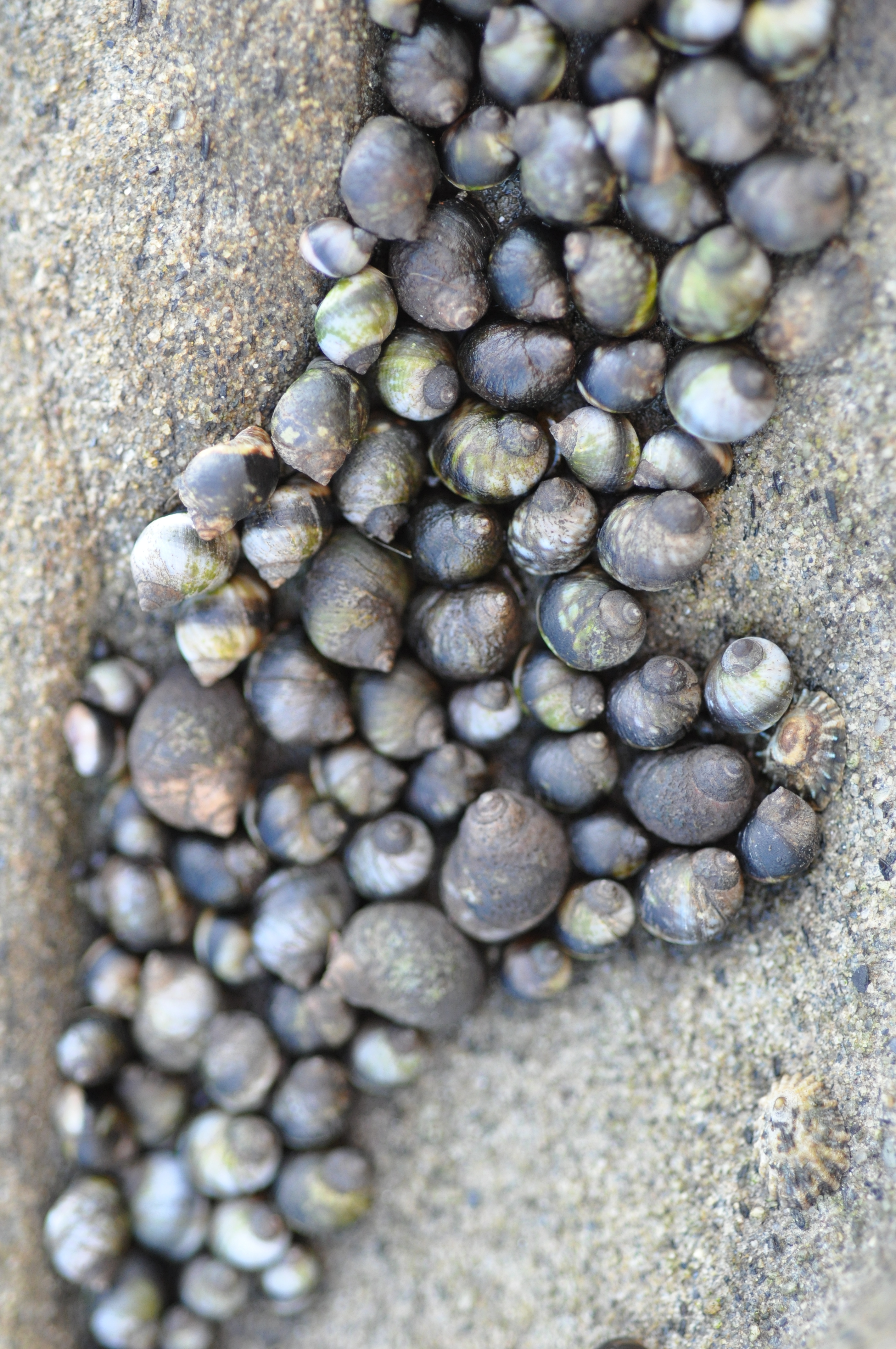How healthy are our tide pools?
Determining the health of highly diverse tide pool ecosystems is a difficult task. The variability in the physical nature of the shoreline and the types of species and their abundances among locations as well as between and among years makes assessing health complicated. Furthermore, because tide pools are exposed to a variety of natural disturbances, such as wave action and effects of air exposure, and human caused disturbances, such as collecting and trampling; separating out effects resulting from natural and human disturbances is hard to do.
Long-term monitoring of tide pools helps determine changes and natural fluctuations over time for many of the dominant plants and animals. Currently, MARINe and other associated organizations are developing a health index as a means to assess health in an easily understandable manner... "Stay Tuned!!"
Using the map to the left, you can examine some of the trends in long-term changes in select species (MARINe data) and the abundances of select species during biodiversity surveys (PISCO data) at specific sites. These site trends, as well as methods, broad scale geographic patterns, and interactive data queries are synthesized in the Pacific Rocky Intertidal Monitoring Program.
 Additional information describing the methods for obtaining monitoring data from MARINe can be found at:
While species monitored can be found at:
Information describing methods for PISCO biodiversity surveys can be found at:
Additional information describing the methods for obtaining monitoring data from MARINe can be found at:
While species monitored can be found at:
Information describing methods for PISCO biodiversity surveys can be found at: